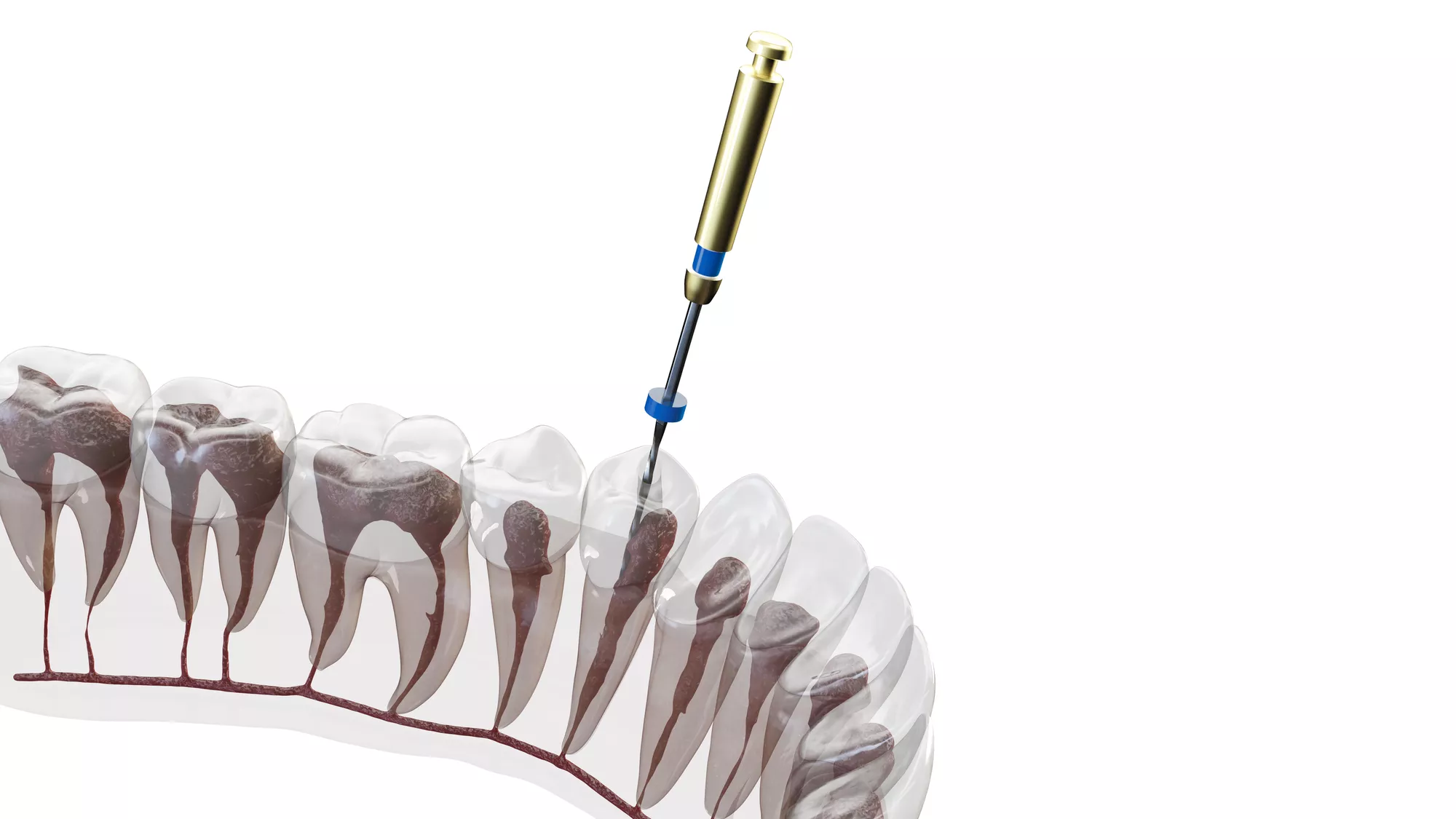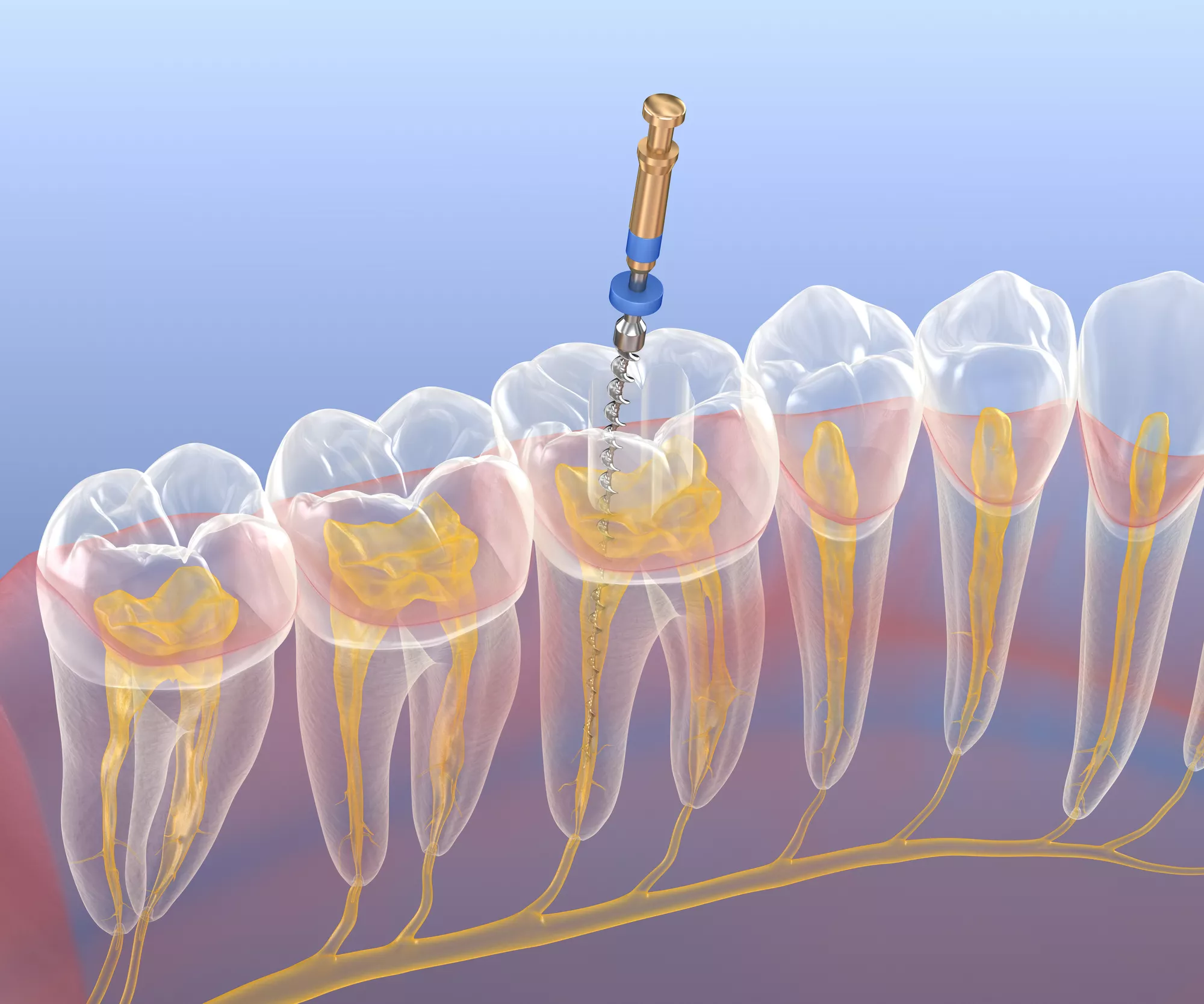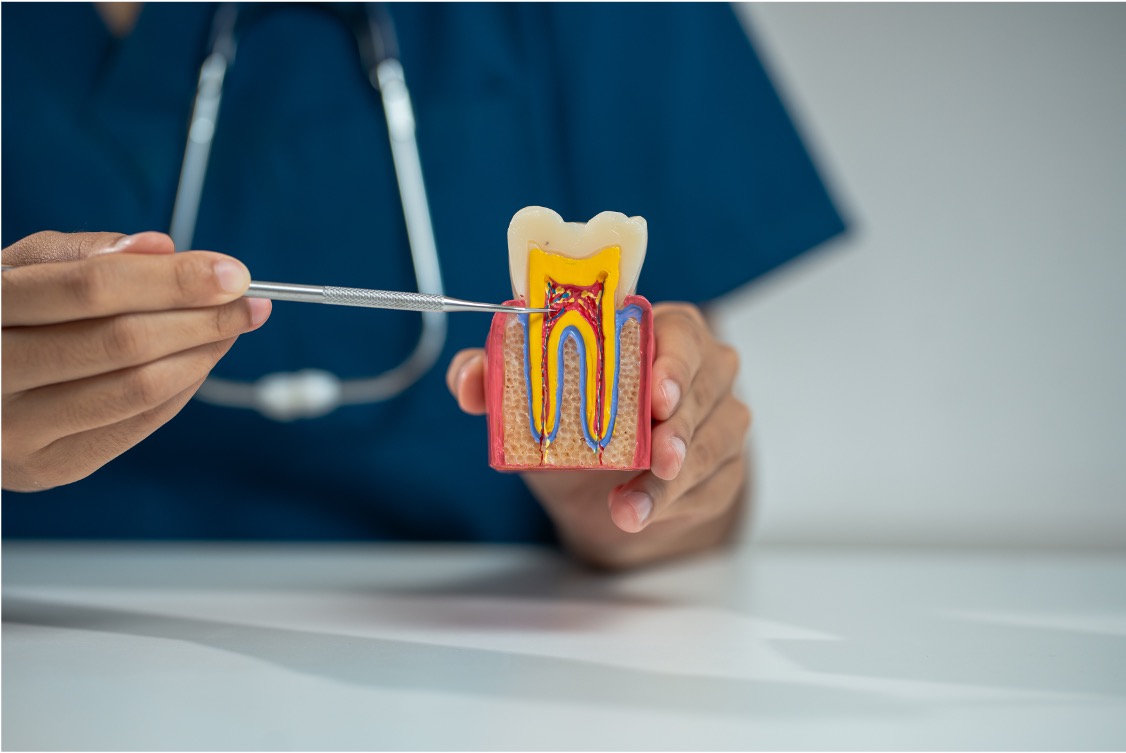When a tooth has already undergone root canal therapy, most patients expect the problem to be resolved for life. In fact, root canal treatment is highly successful and allows millions of people to keep their natural teeth. But in some cases, a tooth may not heal as expected or may develop new issues over time. This is when endodontic retreatment becomes necessary.
At Foundation Dental Specialists in Pasadena, we understand that the thought of needing another procedure on a tooth that has already been treated can feel frustrating or even discouraging. That’s why we take the time to educate, reassure, and guide patients through their options. In this guide, you’ll learn exactly what endodontic treatment is, why retreatment may sometimes be required, what to expect from the endodontic retreatment procedure, and how our team can help restore your comfort and dental health.
What Is Endodontic Treatment?
Patients often ask, “What is endodontic treatment?” Simply put, it’s a dental procedure designed to save a natural tooth when the pulp — the soft tissue inside the tooth that contains nerves and blood vessels — becomes infected or inflamed.
The most common form of endodontic treatment is root canal therapy. Despite its intimidating reputation, root canal therapy is a straightforward and highly effective procedure that relieves pain, eliminates infection, and preserves teeth that might otherwise need to be extracted.

How Root Canal Therapy Works
The process is precise but relatively simple for patients:
- Local anesthesia is administered to numb the tooth.
- A small opening is made in the crown of the tooth.
- The infected or inflamed pulp is carefully removed.
- The canals are cleaned, shaped, and disinfected.
- A biocompatible filling material is placed to seal the canals.
- A crown or other restoration is added to protect and strengthen the tooth.
When completed successfully, root canal therapy allows a tooth to function normally for years or even decades.
Why It’s Performed
Root canal therapy may be necessary for several reasons:
- Deep decay reaching the pulp
- Cracked or fractured teeth
- Repeated dental procedures on the same tooth
- Trauma that damages the nerve
By treating the inside of the tooth, endodontic therapy prevents infection from spreading, relieves pain, and saves natural teeth — which is always the healthiest option compared to extraction.
What Is Endodontic Retreatment?
Definition and Purpose
Endodontic retreatment is a procedure performed on a tooth that has previously had a root canal but is now experiencing new problems. It essentially gives the tooth a “second chance” at healing and long-term survival.
Why Retreatment Might Be Necessary
Even though root canals are highly successful, certain issues can compromise the outcome:
- New decay: If a cavity develops, bacteria can re-enter the canals.
- Leaky or damaged restorations: Crowns or fillings that don’t seal properly allow reinfection.
- Hidden or narrow canals: Some canals are difficult to detect and may be missed during initial treatment.
- Complex root anatomy: Unusual shapes can make cleaning difficult.
- Delayed crown placement: If the final restoration isn’t placed soon enough, the tooth remains vulnerable.
- Persistent infection: In rare cases, bacteria may survive the original treatment.
Benefits of Retreatment
- Preserves your natural tooth.
- Avoids extraction and artificial replacements.
- Restores comfort and chewing ability.
- Protects your oral and overall health from infection.
At Foundation Dental Specialists, we view retreatment as an opportunity to use advanced technology and refined techniques to save a tooth that still has a strong foundation.
The Endodontic Retreatment Procedure

One of the most common concerns we hear from patients is: “What exactly happens during the endodontic retreatment procedure?” Here’s a step-by-step breakdown.
Step 1: Diagnosis and Imaging
Your endodontist begins with a thorough examination. Digital X-rays and CBCT (cone-beam computed tomography) scans provide detailed images of the tooth, root structure, and surrounding bone. This allows us to identify the cause of failure and plan retreatment with precision.
Step 2: Anesthesia and Access
The tooth is numbed with local anesthesia for complete comfort. If a crown or filling is present, a small opening is made to reach the canals.
Step 3: Removal of Old Filling Materials
The gutta-percha or other filling material from the previous root canal is carefully removed. This step clears the way for a full re-cleaning of the canals.
Step 4: Cleaning and Shaping the Canals
Using advanced instruments and microscopes, the endodontist locates hidden canals, thoroughly cleans infected tissue, and reshapes the canals for optimal sealing.
Step 5: Disinfection and Sealing
The canals are disinfected to remove bacteria, then filled with fresh biocompatible material. This prevents reinfection and stabilizes the tooth.
Step 6: Final Restoration
A crown or filling is placed to protect the tooth and restore normal function. Patients often need a new crown if the old one was removed.
Alternatives to Endodontic Retreatment
While retreatment is often the best choice, there are alternatives:
- Endodontic surgery (apicoectomy): Removes infection at the root tip when retreatment isn’t enough.
- Tooth extraction and replacement: Options include implants, bridges, or dentures.
However, saving your natural tooth is always the priority. Natural teeth function better, feel better, and last longer than artificial replacements when properly cared for.
Success Rates of Retreatment
Thanks to advanced imaging, operating microscopes, and modern techniques, the success rate for retreatment is very high — typically between 70% and 90%. Many retreated teeth last for decades, functioning just like healthy natural teeth.
Factors that influence success include:
- The complexity of the tooth’s anatomy
- The extent of prior damage
- The patient’s oral hygiene and overall health
- The quality of the final restoration
At Foundation Dental Specialists, our experience and technology allow us to handle even the most complex retreatment cases with confidence.
Aftercare Tips for Endodontic Retreatment
Immediate Recovery
- Expect mild sensitivity for a few days.
- Use over-the-counter pain relief as needed.
- Stick to soft foods if the tooth feels tender.
Long-Term Care
- Brush twice daily and floss once a day.
- Schedule regular dental checkups and professional cleanings.
- Replace crowns or fillings promptly if damaged.
- Use a night guard if you grind or clench your teeth.
By following these steps, patients can help ensure their retreated tooth remains strong and functional for many years.
Why Choose Foundation Dental Specialists in Pasadena?
At Foundation Dental Specialists, we combine decades of expertise with state-of-the-art technology to provide exceptional care.
Advanced Endodontic Expertise
Our board-certified specialists have extensive training and experience in both root canal therapy and endodontic retreatment.
Cutting-Edge Technology
We use CBCT imaging, high-powered operating microscopes, and modern instrumentation to deliver precise, effective care.
Patient-Centered Approach
We understand that needing retreatment can feel overwhelming. That’s why we prioritize clear communication, gentle care, and a supportive environment at every step.
Proven Results
Our goal is always to preserve natural teeth whenever possible, giving patients the confidence of a healthy, functional smile.

Protect Your Smile with Endodontic Retreatment
Needing additional treatment on a tooth that’s already had a root canal may feel discouraging, but it doesn’t mean the tooth is lost. Our Endodontists gives your tooth a second chance — and with the right care, it can last for decades.
Our experienced team is here to restore your comfort, protect your health, and preserve your natural teeth with advanced retreatment techniques.
Don’t wait until discomfort worsens or infection spreads. Contact us today to schedule your consultation. Call our Pasadena office or visit our website to request an appointment. Together, we’ll determine the best path forward for your smile.
Frequently Asked Questions
Why do I need endodontic retreatment if I already had a root canal?
Retreatment is needed if the tooth becomes reinfected due to new decay, a damaged crown, or missed canals.
Will the retreatment procedure hurt?
No. With modern anesthesia, retreatment is as comfortable as standard root canal therapy.
How long does the procedure take?
Most retreatments are completed in one or two visits, depending on complexity.
What if retreatment isn’t successful?
Alternatives like endodontic surgery or extraction may be considered, but retreatment has a high success rate.
Is it worth saving the tooth instead of extracting it?
Yes. Preserving your natural tooth is almost always the best choice for function, comfort, and long-term health.



